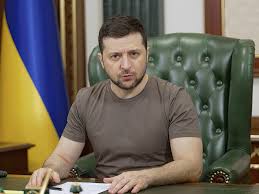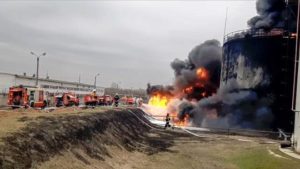

JAMEY KEATEN and YURAS KARMANAU – June 3, 2022
GENEVA (AP) — One hundred days into Russia’s invasion of Ukraine, the war has brought the world a near-daily drumbeat of gut wrenching scenes: Civilian corpses in the streets of Bucha; a blown-up theater in Mariupol; the chaos at a Kramatorsk train station in the wake of a Russian missile strike.
Those images tell just a part of the overall picture of Europe’s worst armed conflict in decades. Here’s a look at some numbers and statistics that — while in flux and at times uncertain — shed further light on the death, destruction, displacement and economic havoc wrought by the war as it reaches this milestone with no end in sight.
THE HUMAN TOLL
Nobody really knows how many combatants or civilians have died, and claims of casualties by government officials — who may sometimes be exaggerating or lowballing their figures for public relations reasons — are all but impossible to verify.
Government officials, U.N. agencies and others who carry out the grim task of counting the dead don’t always get access to places where people were killed.
And Moscow has released scant information about casualties among its forces and allies, and given no accounting of civilian deaths in areas under its control. In some places — such as the long-besieged city of Mariupol, potentially the war’s biggest killing field — Russian forces are accused of trying to cover up deaths and dumping bodies into mass graves, clouding the overall toll.
With all those caveats, “at least tens of thousands” of Ukrainian civilians have died so far, President Volodymyr Zelenskyy said Thursday in comments to Luxembourg’s parliament.












